The Role of Alfalfa in the Production Line of Cattle Feed Pellets
Date: 12/14/2020 08:31:28 From: feed-pellet-plant.com Clicks:
What are the functions of alfalfa in the cattle feed pellet production line? Alfalfa belongs to the legume family and belongs to perennial forage. It has wide adaptability, high yield, high nutritional value and good palatability. Its grass leaves are rich in important nutrients such as protein, minerals and vitamins. The content of various amino acids in the protein is close to animal protein. The amino acid patterns such as lysine and tryptophan are reasonable, and the composition ratio is relatively balanced, which has a significant increase in dairy cows. Body weight and milk yield, improve the quality of milk products, reduce feed consumption rate, increase feed conversion rate and other good obvious effects, is a good source of renewable plant protein. There are two traditional methods of using alfalfa: making alfalfa into hay or silage.
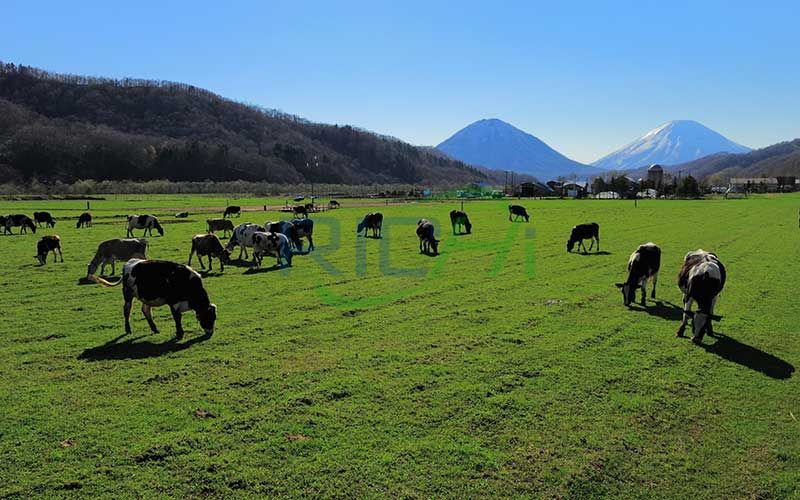
The Role of Alfalfa in the Production of Cattle Feed Pellets
I. Can Fresh Alfalfa Be Used as a Single Feed to Feed Cattle and Sheep?
Answer: Fresh alfalfa is used as a single feed and cannot be fed to cattle and sheep. Alfalfa is a good multi-purpose forage. Its position in the forage grass is irreplaceable at present. Its superiority in the cattle and sheep industry is not only reflected in its high protein, it can also provide more comprehensive amino acids. It is rich in nutrients such as phosphorus and calcium, and the content of protein in alfalfa is high, and the content of 17 kinds of amino acids is relatively balanced, which is good for absorption and utilization. High feeding value. In addition, its biological characteristics are also very superior, wide adaptability, cold tolerance, drought tolerance, barren tolerance, and its own nitrogen fixation, etc., there are too many advantages.
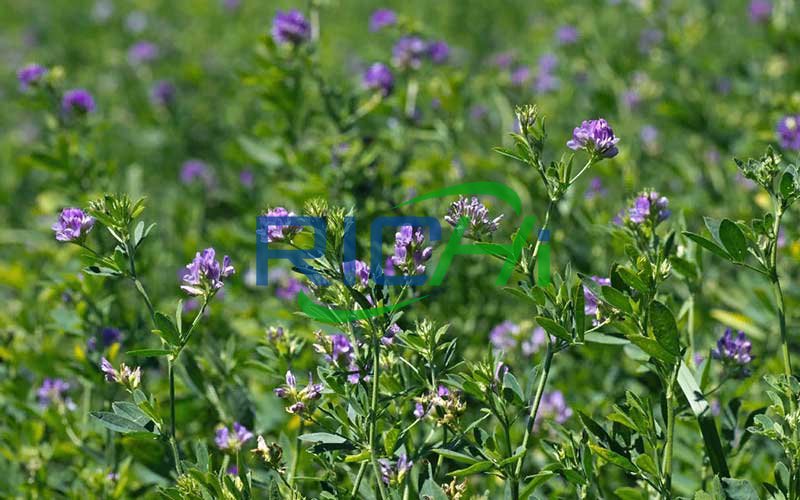
The Reason:
1. Alfalfa protein is relatively high. The crude protein content of fresh alfalfa is the highest among green grass feeds, second only to clover at 4.6%, and it is easy to swell if you eat too much. In addition, fresh green alfalfa grass contains saponin, and cattle and sheep are ruminants, so a large amount of foam is produced in the rumen, causing abdominal distension.
2. Feeding a single fresh green alfalfa to cattle and sheep is easy to cause diarrhea. Feeding adult sheep needs about 4 kilograms of green fodder a day, and a single green fodder can easily cause diarrhea.
3. Does not comply with the principle of diversity of feed mix.
4. It is not economical. Alfalfa is the king of forage, and its price is also very high. Generally, the freight is not included. It is around 2000RMB/ton, and the high can reach 2400RMB/ton. It is used as concentrated feed, not every cattle and sheep. Farms or sheep farmers can afford it; it’s not cost-effective to grow alfalfa alone. In most areas of Gansu, alfalfa planting can be cut three times a year, if the alfalfa planting land is extensively harvested or grazing. The use of cattle and sheep cannot guarantee the yield and quality of alfalfa, and cannot achieve the expected planting benefits.
Suggest:
The best way to feed alfalfa to cattle and sheep is to dry the alfalfa and feed it, which can avoid the disadvantages of fresh green feeding and also solve the problem of unbalanced feed supply in different seasons; dry and wet combination, fresh green alfalfa and others Use hay and mixed concentrate with alfalfa at a ratio of 15% to 30%; mix with concentrate and coarse forages such as silage corn, corn stalks, and wheat straw.
II. The Application of Alfalfa Hay in Dairy Cow Diets
Alfalfa products are rich in protein, digestible fiber, calcium, choline, carotene, iodine, potassium, sulfur, and lysine. Artificially dried alfalfa products can reduce the degradation rate of protein in the rumen and provide cows with higher rumen bypass protein. The dry matter intake of general forages (such as gramineous forages, certain legumes, corn silages and cereal silages) is usually 1.5% 2% of the cow's body weight, and the daily feed intake of alfalfa hay harvested at the first flowering period can reach More than 2% of cattle body weight. This is very important for cows at the peak of lactation.
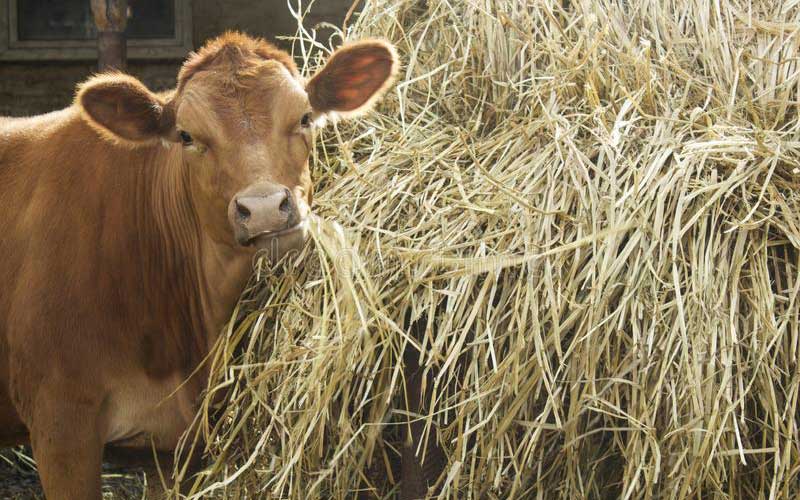
cattle eating hay
Alfalfa Hay Alternative Concentrate
David A. Christensen and MICochran (1983) were based on two types of diets: 50% alfalfa hay and 50% concentrate, and 50% oat silage and 50% concentrate, respectively, and used alfalfa artificial dried hay instead of the same amount of concentrate for dairy cows. In the test, the replacement amounts were 0kg, 3kg and 6kg respectively. The results showed that with the increase of alfalfa hay substitution, the milk fat rate and milk production increased, and the dry matter intake of feed increased. In the test group with 50% oat silage as coarse material, the number of rumen bacteria, protozoa and total volatile fatty acids did not change with the addition of high-temperature dry hay. Experiments show that artificially dried alfalfa hay can replace dairy cow concentrates up to 5.5 kg, which accounts for about 25% of the total dietary dry matter.
The results showed that in dairy cow rations based on alfalfa hay, increasing the crude protein content can significantly increase milk production (p<0.01); dry matter intake significantly increases (p<0.01); milk fat rate and milk protein rate The dry matter content of lactose and whole milk did not change significantly; the milk fat content increased significantly (p<0.05), and the milk protein content increased significantly (p<0.01). Substituting alfalfa hay for corn silage under the same diet NDF conditions will not reduce the milk fat rate. The large-scale use of alfalfa hay in dairy cow diets does not increase the cost of the diet and can greatly improve economic benefits. The 9kg group has the highest net increase benefit compared with the control group.
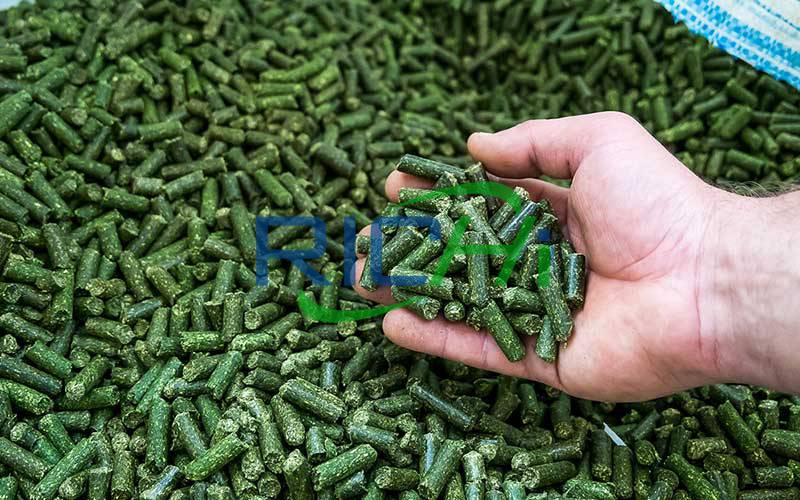
If you want to invest in alfalfa pellet production line, forage grass pellet production line, miscanthus pellet production line or other grass pellet production line projects, please contact us!
The above is the article for you: The Role of Alfalfa in the Production Line of Cattle Feed Pellets. If you are interested in our products or project solutions, please contact us. We will give you the best product quality and the best price. Email: enquiry@pellet-richi.com
Related Product
Production Line Equipment
related News
- >Uzbekistan Nukus Chicken and Fish Feed Joint Pellet Production Lin
- >Uzbekistan Gizak 1t/h-2t/h Animal Feed Processing Plant for Floati
- >What is the price of the cattle and chicken feed machinery product
- >The Best-selling Commercial Automatic Pet Food Pellet Production L
- >How to Choose Premix for Cattle Feed Manufacturers?
- >Professional Commercial Feed Production Line With a Daily Output o
- >Cattle Feed Pellet Machine Solves the Problem of Cattle Feeding in
- >How to Make Cattle Feed Pellets? Is It Good for Cattle to Eat Feed
- >What Are the Costs to Consider When Investing in a Cattle Farm?
- >The Feed Pellet Machine Makes Corn Stalks Into Cattle and Sheep Fe
Here you can submit any questions and we will get back to you as soon as possible. We will not disclose the information you submit to anyone, please rest assured.
Copyright© 2022 Richi Machinery. All rights reserved. Site Map


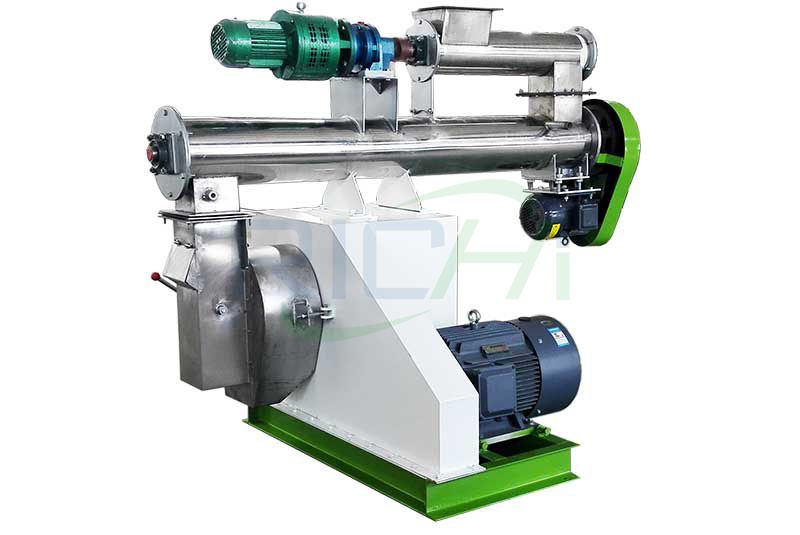
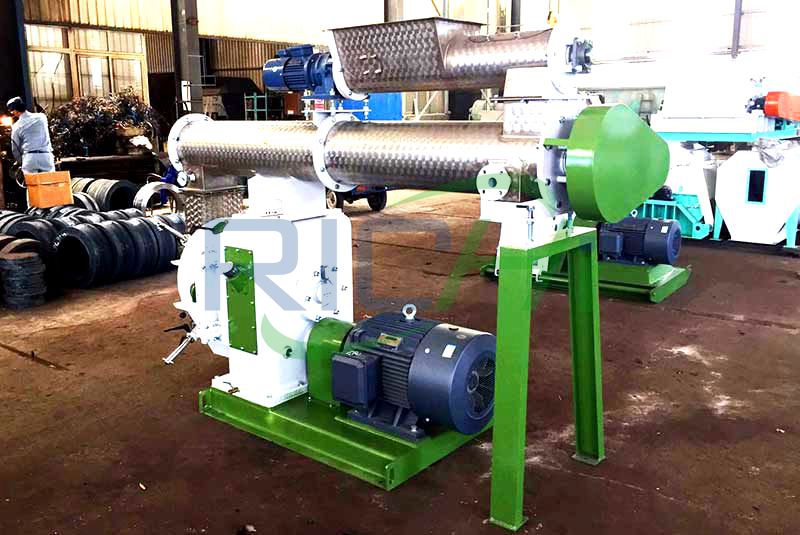
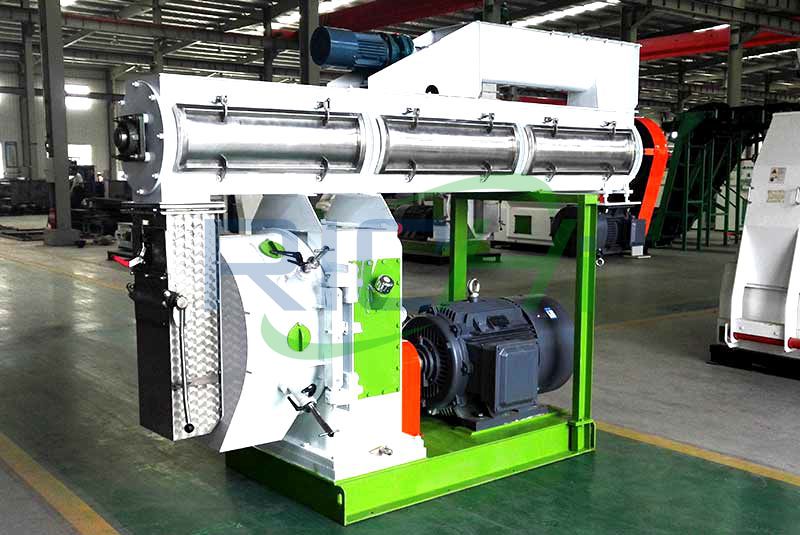
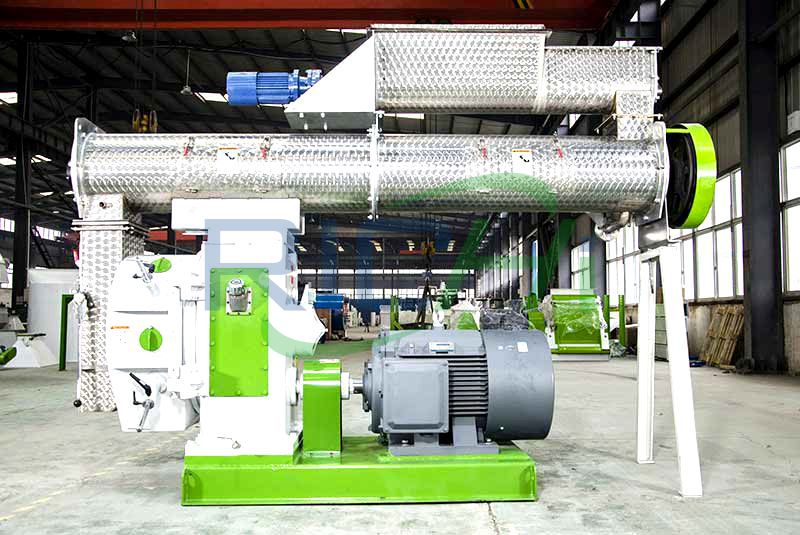
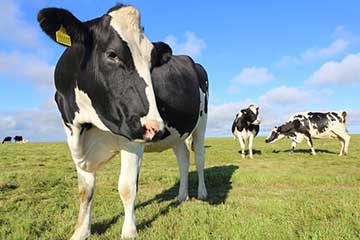
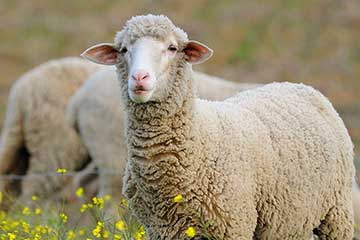
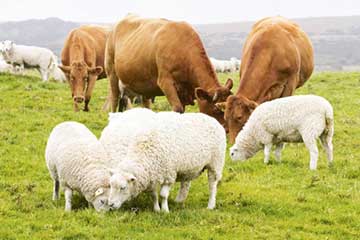
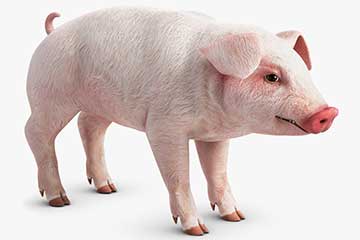
 Product Center
Product Center Get Latest Price
Get Latest Price